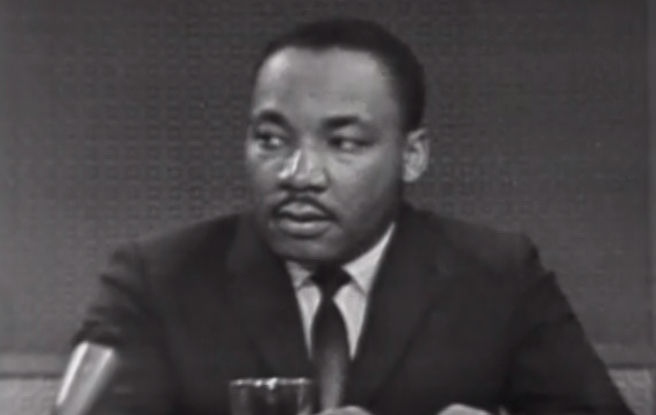The Fertile Grave
History is like a ghost that haunts our present through memory, subjectivity, and temporality. It refuses to go away; yet at times it is forgotten, misinterpreted, and altered. Buried deep in the recesses of our minds and shelved away in the allegorical graveyard of the archive, moments of the past live on forever.
However, if historical accounts and records are simply entombed in libraries, archives, or even our own nostalgia without constant revisiting or acknowledgement these memories fade into nonexistence. It is the act of remembering and recontextualizing that resuscitates such moments and breathes new life into their stories.
Scholars as well as artists play an active role in discovering new aspects of meaning embedded in classic text and archival imagery. Like exhuming a dead body, an archival artist unearths stories, documents, and images of the past that speak out of their lifetime and into our own. Hal Foster describes the archival artist, in his 2004 article An Archive Impluse, as one who “seeks to make historical information, often lost or displaced, physically present.”[i] I would add that for many of these artists it is not simply to make what was lost or forgotten present, or even relevant, but to reexamine and question historical narratives and assumptions.
Works created by archival artists are prime examples of how history entwines itself with fiction; and at times even reveals historical accounts, seeped in personal biases, as fiction themselves. Through sourced materials, appropriated text, and archival photographs, these artists explore the graveyard of historical information to resurrect the past in order to create compelling contemporary work.
Well-known artists like Andy Warhol, drew from a shared lexicon of images and popular culture to critique notions of originality and authorship. While others like Fred Wilson, pull esoteric imagery and historical text from archival stacks and museum vaults to expose the disparity of recognition and acknowledgement between the material culture of the oppressed and the oppressor. In his series entitled When Dad Comes Home, DC-based artist Larry Cook uses the visual vernacular of the prison system to speak to those who have been separated from loved ones due to incarceration. Through the appropriation of photographs taken of his uncles during their time incarcerated, the artist claims ownership of these memorialized moments in time.[ii] Although he did not stage the photographs himself, he does direct the complex narratives of his family members to provide insight into the representation of black fatherhood and family.
When Dad Comes Home #3
While in prison, Cook’s uncles collected enough photographs taken during visitation hours to fill entire photo albums. Once they were released they initially brought the albums everywhere they went to show off to friends and reminisce. One may not think a stint in prison would be a time a person would want to remember, but these photographs commemorated the intimate moments of joy between family and friends rather than the pain and isolation imposed on them within the prison industrial complex. Pulling from their own repository of memory these men, cemented within Cook’s work, push against their own erasure by controlling their image and archiving their experiences. By presenting his uncles photographs, undisturbed and without alteration, Cook allows the images to speak for themselves through the lens of a polaroid rather than through his own artistic license.
On the flip side, in M.L, Cook heavily edits together footage from a speech given by one of the most iconic Civil Rights leaders in America, Martin Luther King Jr., to create a two minute video of awkward glances, eye rolls, and lip licks. Cook’s secondary manipulations redirects the viewers’ attention from the man to the moment: the brief moment of anxiety felt right before speaking in front of a crowd, the exaggerated moment of annoyance, or perhaps an unbridled moment of visual grief. This video montage is a non-linear temporal assemblage, which ruptures King’s movements and re-situates his moments of unease from the background to the foreground.
Still from M.L.
Cook experiments with alternative representations of memory in M.L. to create a counter-narrative while When Dad Comes Home pulls directly from his family’s archive to embed universal meaning into personal experiences. In this perspective, the artist uses the archive as an “excavation site” to dig up the remains of the past in order to reveal truths and disturb known realities.
It is not up to the dead to keep in touch with the living, but our duty to press and pull at the tension between remembering and forgetting, to retell and relearn their stories left for us to find.
-----
[i] Hal Foster, “An Archival Impulse.” The MIT Press, no. 110 (2004), 4.
[ii] The term appropriation refers to the use of pre-existing images with little or no alteration.
“Dissecting the Archive” is a seven-part piece commissioned by Common Field for the 2017 Field Perspectives as part of the Annual Convening in LA. Read all seven pieces here.


